Innovations in Education
5 Inspiring Innovations In Education From Around The Globe
In general, innovation is based in the creation or redesign of products, processes, or business models for the benefit of an organization. Innovation in education is similarly focused on making positive changes, but in this case, these changes will directly benefit a classroom, school, district, university, or even an organization’s training and learning practices.Innovation in education encourages teachers and students to explore, research and use all the tools to uncover something new. It involves a different way of looking at problems and solving them. The thinking process that goes into it will help students develop their creativity and their problem solving skills.Innovation does not mean creating something from nothing. Just like with any good science project, it relies on researching existing solutions to come up with a new hypothesis to test.Hence, wedecided to inform you about 5 stimulating innovations in the field of education from across the globe:
1. United Arab Emirates: 3D Learning
Imagine a lecture hall full of students in 3D glasses, watching a hologram of the human brain or the planets in the solar system. This is the reality at GEMS Modern Academy in Dubai, where classrooms and labs are connected by a super-high-speed fiber optic network and science lessons are delivered on a 3D platform. 3D learning draws student attention, and can help make abstract concepts easier to grasp. Sure beats watching a grainy video on a rolled-in television cart.
2. Finland: Teacher Autonomy
Low pay and low autonomy (think “teaching to the test”) have long made it difficult for schools to recruit and keep talented teachers. Finland, on the other hand, has moved towards greater and greater teacher freedom in the past several decades. Teachers, who are highly trained (all must have master’s degrees) and well-respected, are given generous latitude to help their students learn in the way they feel is best. So there’s very little standardised testing and no punishments for failing to meet specific standards. The system seems to be working—Finnish schools consistently rank among the best in the world.
3. Germany: Free University Education
File this under “fat chance.” But still, we can dream. While the average four-year university in India costs about 6Lakhs a year in tuition, fees and living expenses, Germany did away with university fees entirely. The move was meant to make sure all Germans, regardless of their financial situation, can access higher education. Of course, German universities are much more frills-freethan their U.S. counterparts. No fancy student unions, Olympic pools or five-star dining halls. But hey, for Rs 0 we could live without make-your-own waffle stations. Germany’s free college scheme is open to foreigners as well, so those unwilling to hold their breath for free tuition in India can start practicing their Deutsch.
4. South Korea: Robot Teachers
In some South Korean classrooms, students learn English from Engkey, an egg-shaped robot English teacher with a cute humanoid face. Engkey is controlled remotely by a native English-speaker, whose face is projected on Engkey’s screen. Known as a “telepresence” robot, Engkey helps address shortages of native English teachers in South Korea. Other types of robots help students check in for class, inquire about their moods or teach them to dance. Robots haven't replaced human teachers in South Korean classrooms. Instead, they currently serve more as assistants. Robots are a cost-effective way to help teachers when relatively simple and repetitive training is required.
5. Denmark: Forest Kindergartens
While Indian parents fret over the increasing amounts of testing and homework for young children, in much of Scandinavia, kindergarteners aren’t expected to do much more than run around outside. The “forest kindergarten” model, popularised in Northern Europe in the 1960s, gives young children unstructured playtime in a natural setting. Proponents say free play develops young children’s natural curiosity and prepares them for learning better than sitting in a classroom. Americans are beginning to agree. Forest kindergartens have been popping up in the U.S.. over the past few years. But India is far behind in accepting this concept of teaching to kids.
As the world we live in becomes increasingly globalised, an important focus for all countries should be on education. The truth is that the disparities that once existed between various nations are slowly disappearing. Emerging economies are catching up to advanced countries and are slowly carving competitive advantages over them as well. In the forthcoming years it will be interesting to see how evolving technologieswill improve education systems around the world.


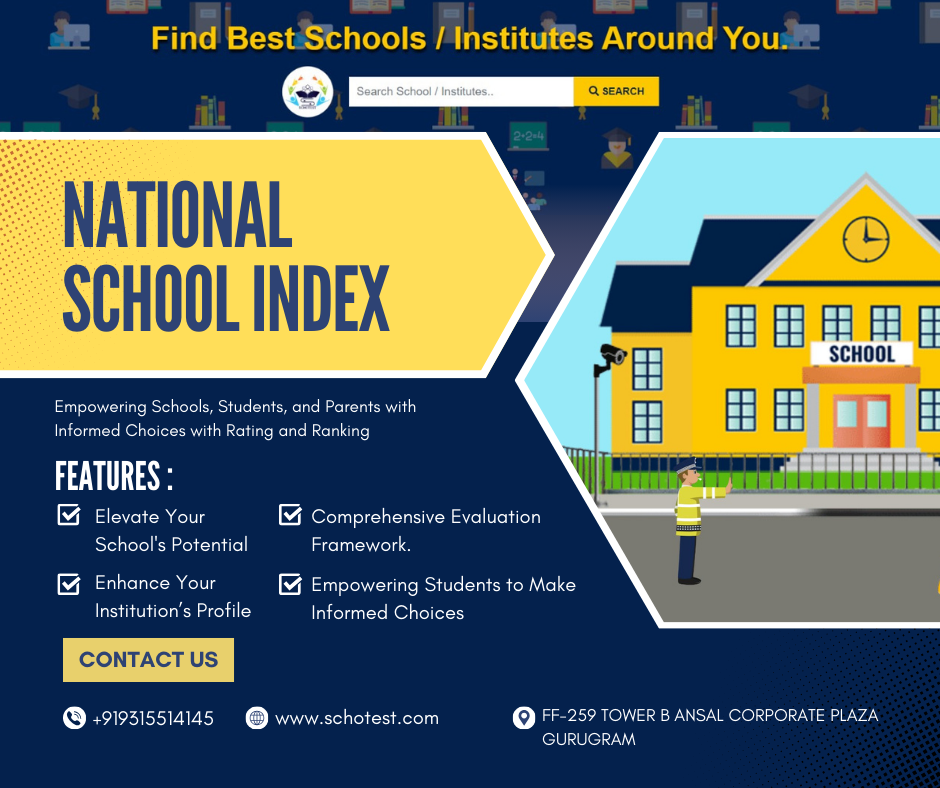



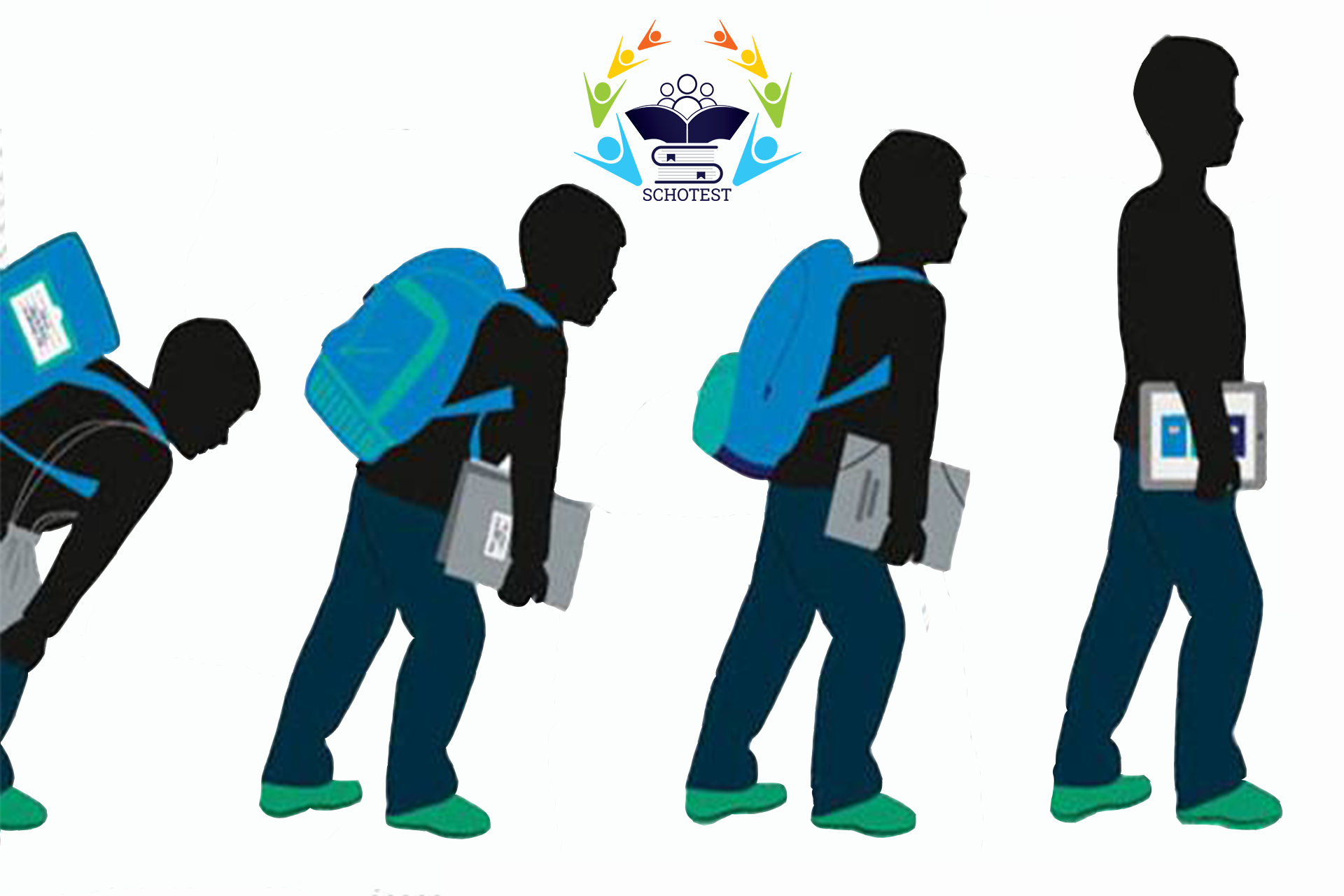
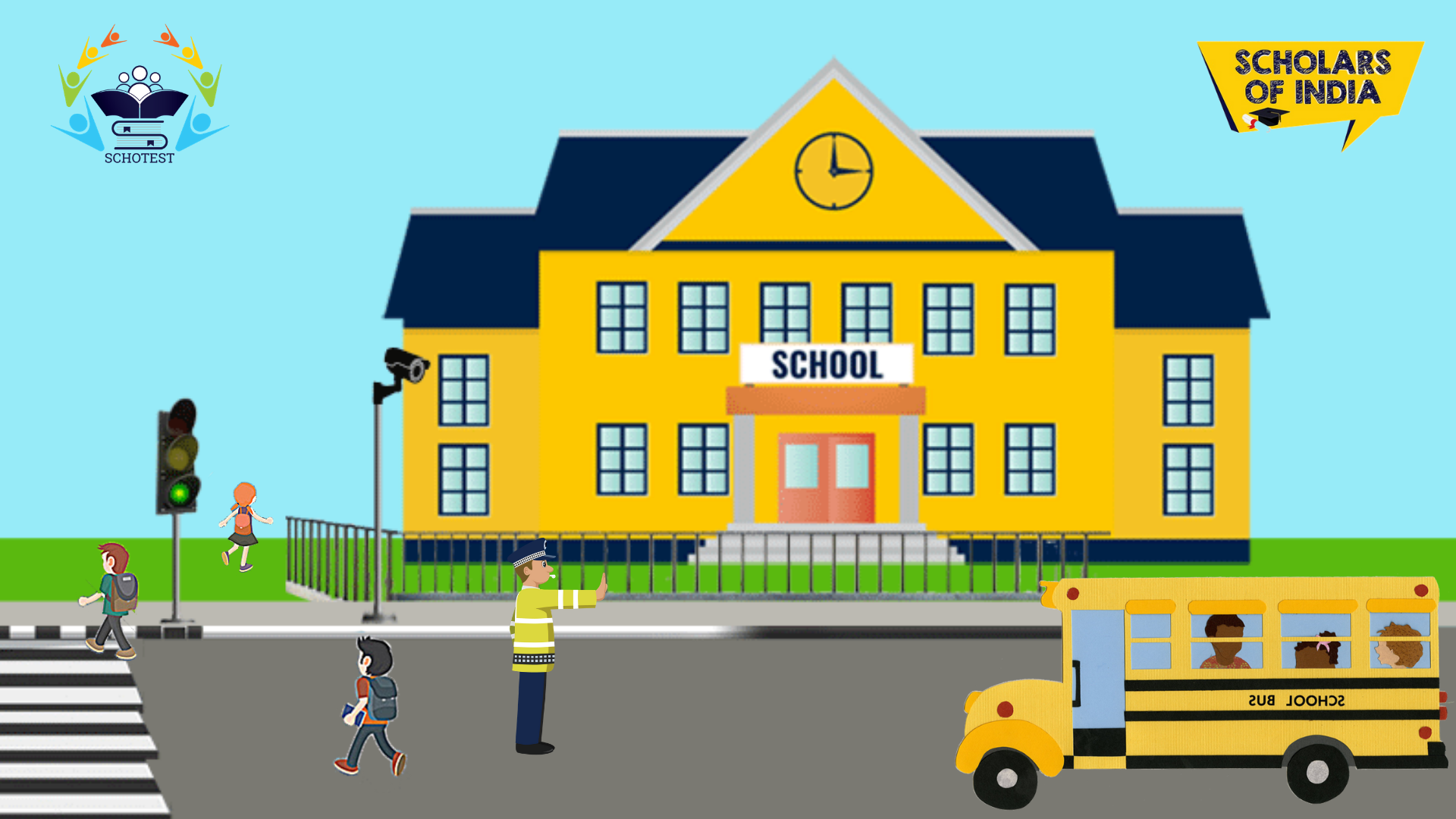

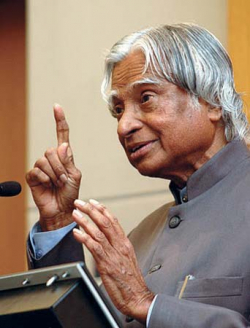
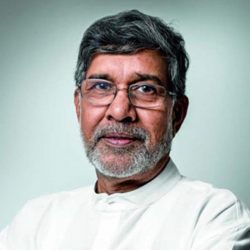
Discussion